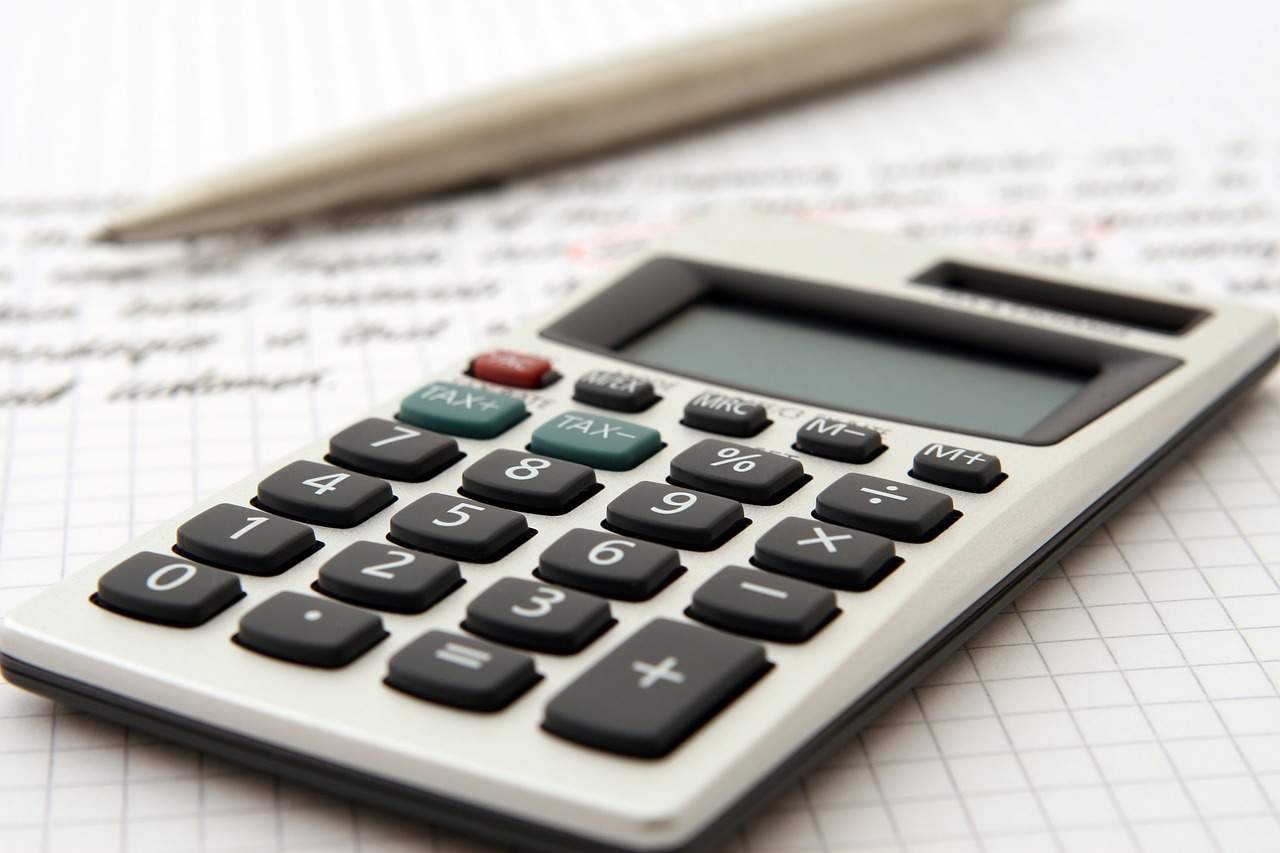When it comes to investing in real estate, there are a multitude of metrics to consider when evaluating potential properties. One of the most important metrics for property investors to understand is the Rent to Price Ratio (RPR). This ratio measures the relationship between the monthly rental income and the purchase price of a property. It is a key indicator of a property’s value and its potential for generating rental income.
What is Rent to Price Ratio?
Rent to Price Ratio is a metric used to evaluate the value of an investment property. It is calculated by dividing the property’s monthly rental income by its purchase price. For example, if a property costs $300,000 and generates $2,500 in monthly rent, the Rent to Price Ratio would be 0.83%.
This ratio provides investors with insight into the potential for a property to generate rental income relative to its purchase price. A higher Rent to Price Ratio indicates that the property generates more rental income relative to its purchase price, making it a potentially lucrative investment.
Why Use Rent to Price Ratio for Property Investment?
There are several advantages to using Rent to Price Ratio as a metric for property investment. First, it is a straightforward calculation that provides investors with a clear understanding of the relationship between the property’s purchase price and its potential rental income. This makes it easier to compare different properties and evaluate their potential for generating income.
Second, the Rent to Price Ratio provides investors with a sense of the property’s value relative to other investments. A high Rent to Price Ratio may indicate that a property is undervalued relative to other properties in the area, making it a potentially profitable investment.
Third, the Rent to Price Ratio can be a useful tool for identifying potential investment opportunities. Investors can use the ratio to evaluate a wide range of properties and identify those with the highest potential for generating rental income.
How to Use Rent to Price Ratio
To calculate the Rent to Price Ratio, simply divide the property’s monthly rental income by its purchase price. For example, if a property generates $2,500 in monthly rent and costs $300,000, the Rent to Price Ratio would be 0.83%.
When using Rent to Price Ratio to evaluate potential investment properties, it is important to consider other factors as well. For example, the property’s location, condition, and potential for appreciation should also be taken into account. In addition, investors should consider the local rental market and the potential for rental income growth in the future.
What’s the best rent-to-price ration
The ideal Rent to Price Ratio for real estate investment varies depending on several factors such as location, type of property, and rental market conditions. Generally, a higher Rent to Price Ratio indicates a more profitable investment.
As a general rule, a Rent to Price Ratio of 0.8% or higher is considered a good benchmark for rental property investment. This means that the monthly rental income should be at least 0.8% of the property’s purchase price. For example, if a property costs $200,000, it should generate at least $1,600 in monthly rental income.
However, in certain markets where property prices are high, a lower Rent-to-Price Ratio may still be a good investment opportunity. For example, in cities with high demand for rental properties, such as San Francisco or New York, a Rent to Price Ratio of 0.5% to 0.7% may still provide a good return on investment.
In contrast, in areas with low property values and lower rental demand, a higher Rent to Price Ratio may be necessary to achieve a profitable return on investment. In such cases, a ratio of 2% or higher may be required to generate sufficient rental income.
Ultimately, the best Rent to Price Ratio for real estate investment depends on the investor’s goals, risk tolerance, and the local real estate market conditions. It is important to evaluate the property’s potential for rental income in combination with other factors such as property expenses, location, and appreciation potential when making investment decisions.
Limitations of Rent to Price Ratio
While Rent to Price Ratio can be a useful metric for evaluating potential investment properties, it is important to recognize its limitations. For example, Rent to Price Ratio does not take into account the property’s expenses, such as property taxes, insurance, and maintenance costs. As a result, it may overestimate the potential rental income and undervalue the property’s true costs.
In addition, the Rent to Price Ratio does not consider other factors that may impact the property’s value, such as the local real estate market, zoning laws, and economic conditions. Investors should consider these factors when evaluating potential investment properties.
The Use of Rent to Price Ratio
Rent to Price Ratio is a useful metric for property investors to use when evaluating potential investment properties. It provides investors with insight into the property’s potential for generating rental income relative to its purchase price, making it easier to compare different properties and identify potential investment opportunities. However, it is important to recognize its limitations and consider other factors when evaluating potential investment properties. By incorporating Rent to Price Ratio into their investment strategy, investors can make informed decisions and maximize their returns.
FAQs about Rent to Price Ratio:
1. What is a Good Rent-to-Price Ratio?
A good rent-to-price ratio varies depending on the location and the type of property you’re looking for. Generally, a ratio of 1% or higher is considered good, but this can vary based on the local rental market.
2. Is the Rent to Price Ratio the Same as Return on Investment (ROI)?
No, rent to price ratio and return on investment (ROI) is not the same metrics. Rent to price ratio measures the monthly rental income as a percentage of the property price, while ROI takes into account all costs associated with owning the property and calculates the return on the initial investment over time.
3. Can Rent-to-Price Ratio Vary by Location?
Yes, rent to price ratio can vary by location due to differences in rental market demand, local property prices, and the cost of living. It’s important to research the rental market in the specific location you’re interested in to get an accurate idea of the rent to price ratio.
4. How Does Rent to Price Ratio Compare to Other Metrics for Evaluating Rental Properties?
Rent to price ratio is just one metric for evaluating rental properties. Other metrics include cap rate, cash flow, gross rent multiplier, and net operating income. Each metric takes into account different factors and provides a different perspective on the potential return on investment for a rental property.
5. How Can I Improve the Rent to Price Ratio for My Rental Property?
If you’re looking to improve the rent-to-price ratio for your rental property, there are a few things you can do. Consider making upgrades or renovations that can increase the rental value of the property, such as adding new appliances or improving the landscaping. You can also offer special deals or incentives to attract renters, such as offering a month of free rent or covering certain utilities.
6. What Other Factors Should I Consider When Evaluating a Rental Property?
In addition to rent to price ratio, there are several other factors to consider when evaluating a rental property. These include the location and neighborhood, the condition and age of the property, the size and layout, the amenities offered, the quality of the management or landlord, and the lease terms and flexibility. It’s important to consider all of these factors when making a decision about a rental property.
7. Is Rent-to-Price Ratio Only Relevant for Residential Properties?
No, rent to price ratio can be used to evaluate any type of rental property, including commercial properties or multi-family buildings. The key is to calculate the monthly rental income as a percentage of the total property price, regardless of the type of property.








